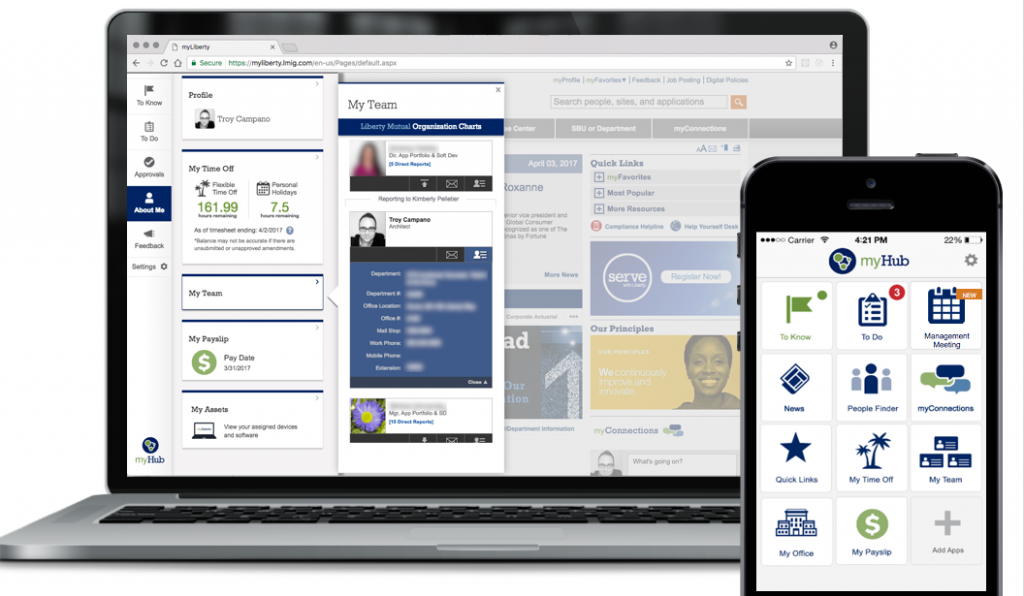To create a digital workplace strategy that improves the employee experience and supports overarching business goals, the first order of business (and by no means the easiest) is to identify the key stakeholders and assemble the right team for the initiative.
If the thought of having to actually do that evokes images of herding cats, it’s for good reason. It’s tough to put the right team together when it’s not always clear who owns the employee experience in the first place. Is it HR, since they deal with the human capital aspect of business? IT, since technology will be involved? And what about internal communications?
They hold all the responsibility for making sure employees have the information they need, yet they’re often forgotten as a group that could have a lot to offer when it comes to forming a digital workplace strategy.
So how do you make sure all the right people have their eye on the ball when it comes to digital workplace strategy?
By understanding the goals, fears, and success metrics of the main stakeholder groups (IT, HR and Comms) and aligning those with a technology solution that’s beneficial for everyone. Here’s what I mean: IT is interested in reducing costs related to help desk tickets. HR is driven to increase the self-service options available to employees who have questions, and the Communications team is facing increasing challenges getting their messages noticed due to persistent information overload (Of course other lines of business like finance, procurement and facilities also have a stake in this game but for the purposes of this argument, let’s stick with the main three).

Historically there hasn’t really been a single solution that could address all those challenges, so each group has had to forage for themselves and find dedicated technology to help them reach their goals.
Digital assistants (also known as enterprise virtual assistants and chatbots) are transforming that siloed approach.
When done right, digital assistants can function as a centralized workplace chatbot, answering questions across any line of business from HR, IT, Finance, Facilities, etc. They can even deliver personalized answers to each employee based on attributes such as their job function, office, department, etc.
In addition to being a pragmatic solution that facilitates quick wins, a digital assistant also aligns the goals of each team, creating a shared success that animates efforts towards corporate-wide digital transformation. That was exactly the result when Liberty Mutual Insurance implemented a digital assistant as part of their employee experience platform. The organization saw a 40% increase in internal comms click-throughs, 70% fewer clicks to obtain key information and a 93% reduction in costs for each help desk inquiry – a clear success across the board for all groups involved.

The intranet digital assistant at Liberty Mutual, by Workgrid
Imagine being able to realize results like that in your organization.
With a centralized workplace chatbot you could easily help employees answer questions, find information and automate common tasks and requests, therefore eliminating huge hurdles for both IT and HR. And what about the comms team? By deploying the chatbot as part of a digital experience layer where company-wide communications are posted (typically on the Intranet), you’d not only be providing employees with a tool that saves them a significant amount of time, you’d be significantly increasing traffic to a communication channel that historically struggles to get sufficient visibility. It’s a win/win situation all around and one that would pay for itself almost instantaneously.
Digital transformation is an ongoing process that has lots of potential paths for opportunity. There are lots of challenges to be solved with many unique needs that need to be addressed. But pointed technology solutions that are incredibly narrow in scope are not the answer. As you think about your digital workplace strategy, remember that this is an initiative that affects everyone – so choose technology that can meet everyone’s needs.
